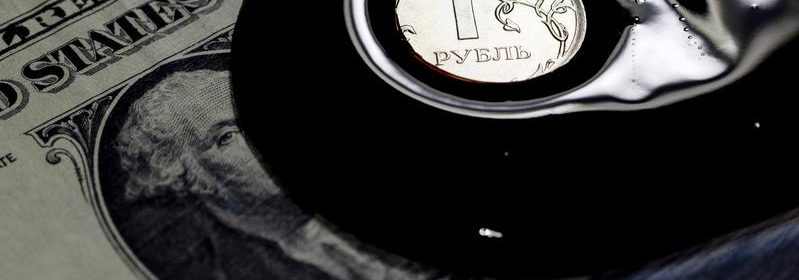S&P cuts Russia's foreign currency rating to 'selective default'

MELBOURNE (Reuters) – S&P on Saturday lowered Russia’s foreign currency ratings to “selective default” on increased risks that Moscow will not be able and willing to honor its commitments to foreign debtholders.
Facing waves of sanctions over its invasion of Ukraine, Russia could face its first sovereign external default in over a century after it made arrangements to make an international bond repayment in rubles this week, even though the payment was due in dollars.
S&P said in a statement it understood that Russia had made coupon and principal payments on dollar-denominated Eurobonds in rubles on Monday.
“We currently don’t expect that investors will be able to convert those ruble payments into dollars equivalent to the originally due amounts, or that the government will convert those payments within a 30-day grace period.”
Sanctions on Russia are likely to be further increased in the coming weeks, the agency said, “hampering Russia’s willingness and technical abilities to honor the terms and conditions of its obligations to foreign debtholders.”
Russia’s finance minister on Thursday said the country will do everything possible to pay its creditors, but investors in Russia’s international bonds face an increasingly uncertain path to recover their money should the country default..
S&P assigns a selective default rating when it believes the debtor has selectively defaulted on a specific issue or class of obligations but will continue to meet its payment obligations on other issues or classes of obligations in a timely manner.
Russia has not defaulted on its external debt since the aftermath of its 1917 revolution, but its bonds have now emerged as a flashpoint in its economic tussle with Western countries.
A default was unimaginable until recently, with Russia rated as investment grade in the run-up to its Feb. 24 invasion of Ukraine, which Moscow calls a “special military operation”.
Source: Read Full Article
